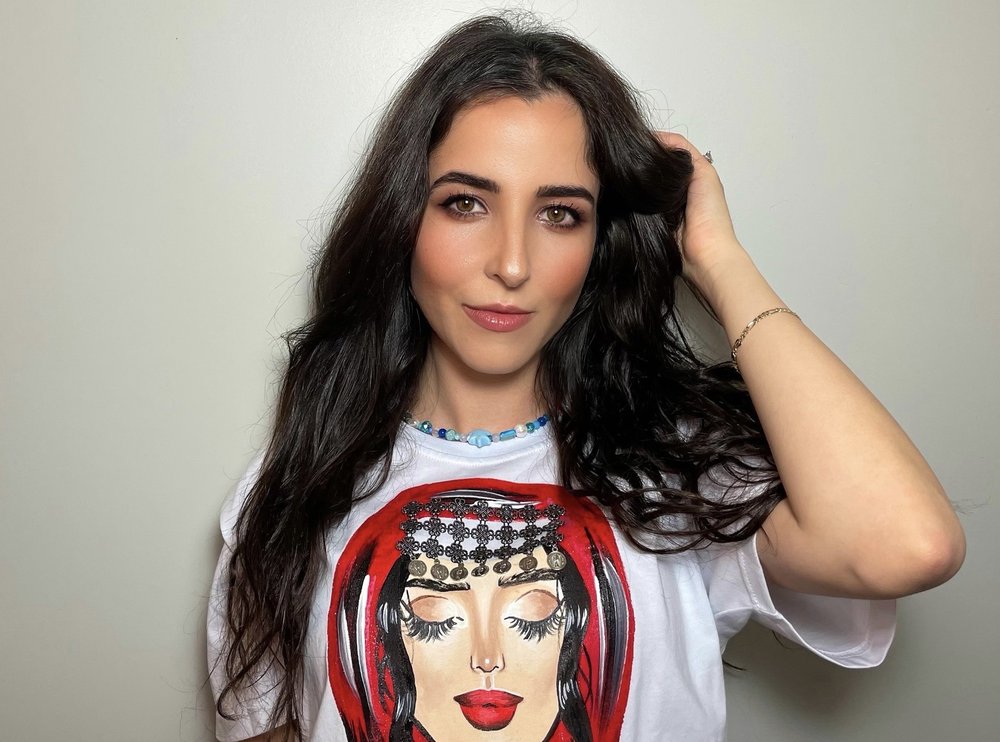THERAPEUTIC BOTOX® FOR TMJ TREATMENT

Our offices now offer an exciting new aide to the treatment of TMJ, jaw & headache pain. By having Therapeutic BOTOX® injections, you can get quick relief for TMJ, easing muscle pain.
Many people suffer symptoms such as shoulder and headaches, neck pain, and ringing in the ears, which may be caused by problems with the temporomandibular joint (TMJ). If untreated, the clenching and grinding associated with TMJ (temporomandibular joint) disorders create many problems in the jaw, neck, and shoulder areas. We are excited to offer treatment of TMJ with Therapeutic BOTOX® injections at each of our practices, which can ease the symptoms associated with TMD.
BOTOX® is a popular treatment that is used to immobilize the facial muscles that can cause wrinkles. It is also effective for relaxing muscles in the jaw that cause some of the common symptoms of TMJ, including grinding of the teeth and clenching. Dr. Pezeshkian can administer a few quick BOTOX® injections into the targeted area to relax the jaw muscles and ease these symptoms for up to several months.
Therapeutic BOTOX® may provide you relief from TMJ clenching, grinding, and headache pain within a week. If you are experiencing shoulder, pain in the neck and jaw, popping or clicking when moving your jaw, ringing in the ears, or migraine headaches, you may be suffering from TMJ. If you are interested in learning more about Therapeutic BOTOX® and TMJ treatment, contact one of offices to schedule a consultation with Dr. Pezeshkian today.
PATIENT FAQs
Benefits of Therapeutic BOTOX® One of the most common benefits of Therapeutic BOTOX® is the reduction in the number of times you are clenching and the intensity of your clenching. This will reduce the damage to your teeth, gums and jaw joint, and reduce the discomfort and pain in your facial muscles. Another benefit is that only the injected areas are affected and results are often seen within 24 – 48 hours. There is also great possibility that with multiple treatments, the injected muscles will atrophy allowing you to go longer and longer between treatments.
Who is an ideal candidate?
Therapeutic BOTOX® may or may not be the best treatment for the results you desire. An ideal candidate meets the following conditions:
- Are between the ages of 18-65
- Has a problem with TMJ, headaches or other dental/facial muscle disorder
- Is looking for a non-surgical solution
- Does not have a needle phobia
- Is looking for a short to long term solution
- Does not object to the disappearance of wrinkles
- Understands the procedure
- Is in good health
- Is not pregnant or nursing
This is not a complete list of all possible candidates. Be sure to talk with the doctor about the possibility of completing Therapeutic BOTOX® and if it may be a treatment option for you.
What can I expect at the consultation?
During your consultation the doctor will determine if you are an appropriate candidate for Therapeutic BOTOX® and if it is the best treatment for you. You should make sure to discuss your medical history with the doctor. He will assess if you may be allergic or sensitive to the ingredients in BOTOX®. It is also important that you let us know of all medications, vitamins, herbs, and supplements you are currently taking. These substances can hinder the effectiveness, intensify the potency of the BOTOX® or may cause bruising at the injection sites or bleeding.
Therapeutic BOTOX® Injections Therapeutic BOTOX® is an easy, non-surgical procedure. The doctor will have you contract the muscle area to be treated so he can determine the right injection sites. He may use an electronic muscle locating device (EMG) to locate the targeted muscle(s). Then injection areas will be marked and can be numbed with an ice pack or a topical numbing cream. Lastly, the doctor will administer several tiny injections of BOTOX® directly into the muscle. Only the injected areas will be treated and there should be no affects elsewhere in your body.
How long is the procedure?
The length of the procedure depends on the number of injections needed which the doctor will assess. But it is most likely to be completed within 10-20 minutes.
How much pain is there?
The pain associated with this procedure is due to the injections, but it is generally minimal and brief. Some patients have compared it to a “slight poke” or “prick”. Pain can be reduced by proper injection techniques and by numbing proposed injection sites with a cold pack.
What is the recovery like?
It is likely that you will be able to return to normal activities right away. However, patients should not rub or massage the area injected and remain upright for many hours. Physical activity should also be limited for a time. At your appointment, we will have a post-treatment care sheet for you to take home.
What can I expect afterwards? Muscle tenderness will start to disappear almost immediately. There may be mild temporary bruising, numbness, or redness around the injection sites.
What is the long-term outcome?
Therapeutic BOTOX® results generally last up to four months. Patients should wait at least three months before doing another treatment session. There is a likely possibility that with multiple treatments, the injected muscles will atrophy allowing the patient to go longer and longer between sessions. You should not receive BOTOX® treatments from multiple doctor’s offices simultaneously because it can weaken the affects of BOTOX®. With repeated injections, there is a possibility that your body may build a resistance to BOTOX® making it become less effective over time. This resistance can be minimized by using the lowest dose possible and spreading out the time between sessions. Your dentist may be able to take care of all your BOTOX® needs.
How long do the results last?
Your chewing muscle discomfort will disappear for up to four months. The smooth, diminished appearance of the wrinkles will last up to four months. Results may last longer with subsequent treatments due to muscle atrophy. If another round of Therapeutic BOTOX® is not performed, facial or chewing muscle discomfort may return. Facial lines will return to their “pre-treatment” appearance.
Risks, Limitations & Possible Complications As with any medical procedure there are possible risks and side effects. Since this is a non-surgical procedure, the risks and possible complications are minimal, infrequent, and temporary. The most common reported side-effects are nausea, headaches, temporary eye-lid droop, flu syndrome and respiratory infection. Less commonly reported effects are redness at spot of injection, muscle weakness and pain. These symptoms are connected with the injection and occur within the first week. There could also be bruising at the injection site. Since we use our lips more than the forehead for common activities such as chewing and talking, it may make injections around the mouth less useful and may have more possibility of having side effects. These activities may become more difficult and too much BOTOX® around the mouth may result in drooling. Therapeutic BOTOX® injections should be avoided during pregnancy and lactation.









